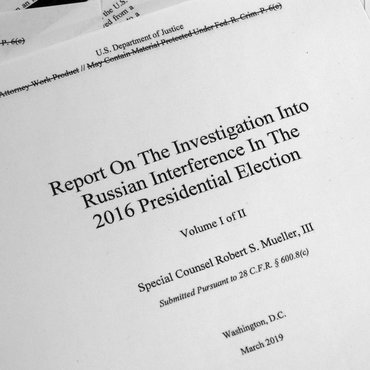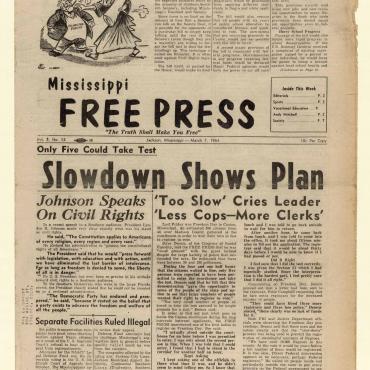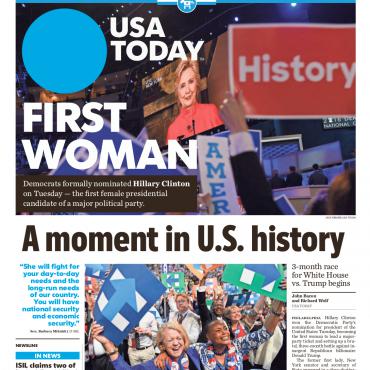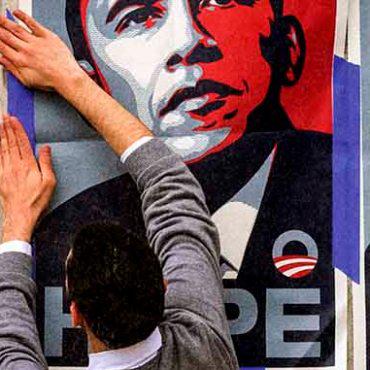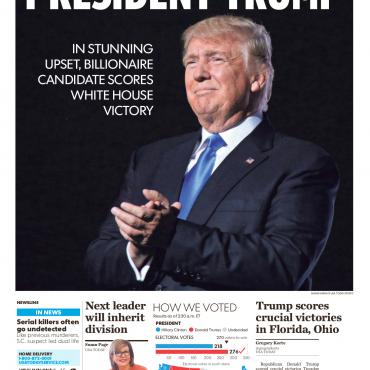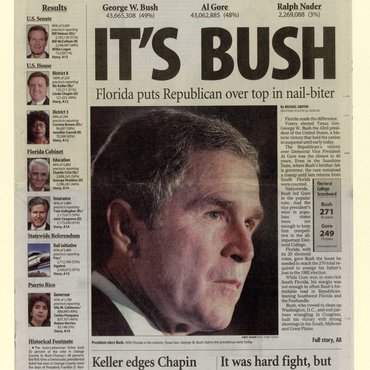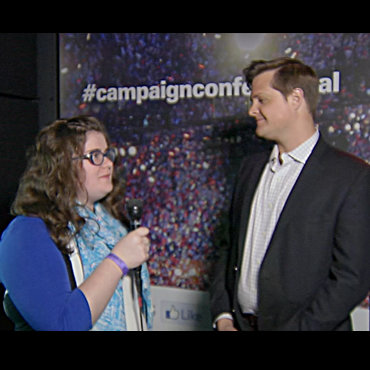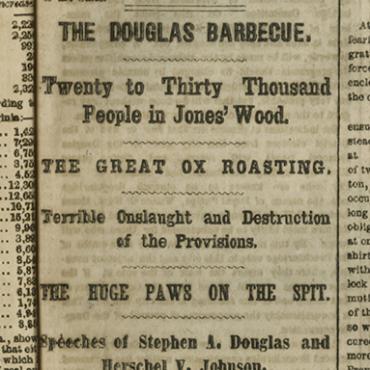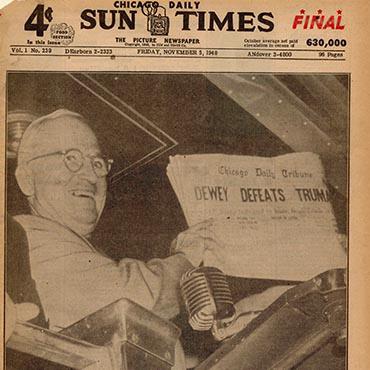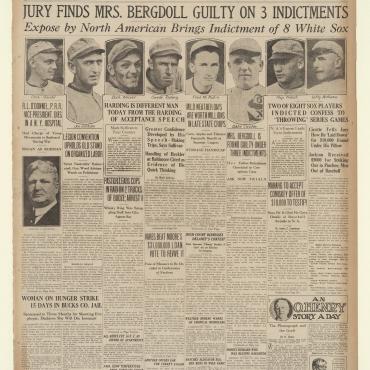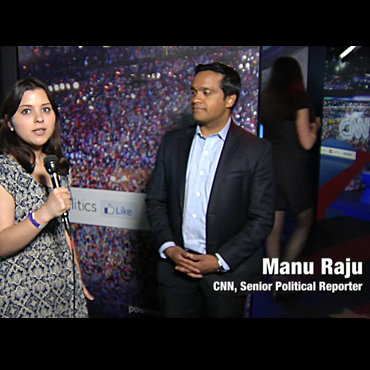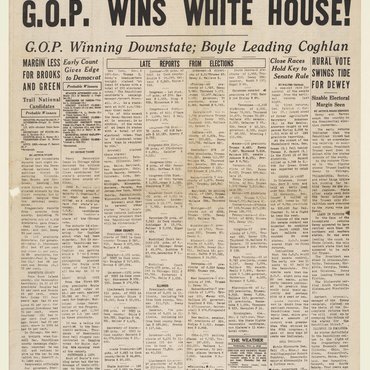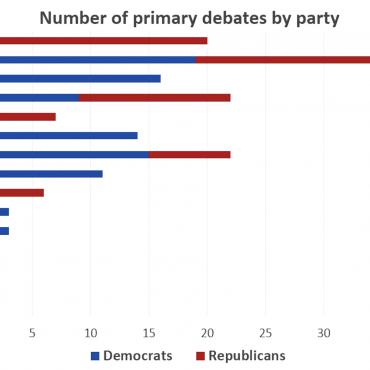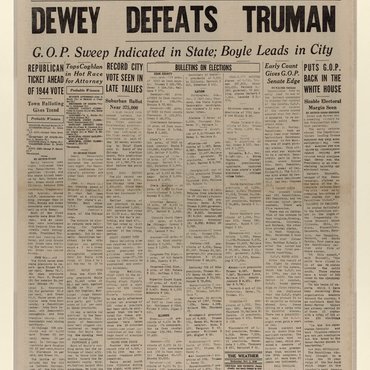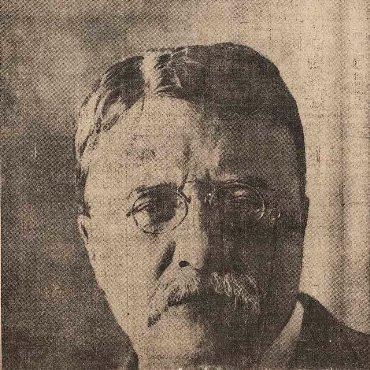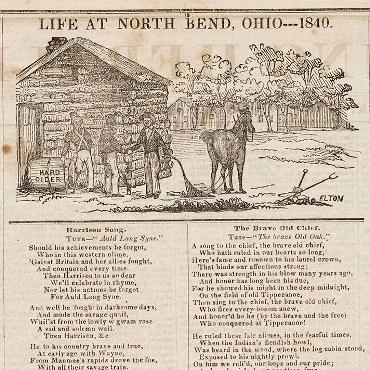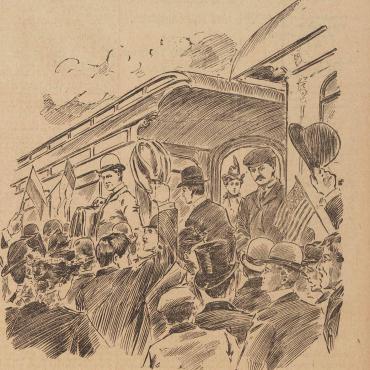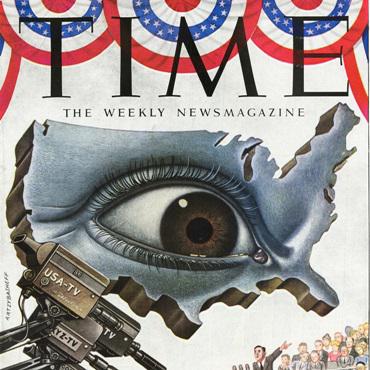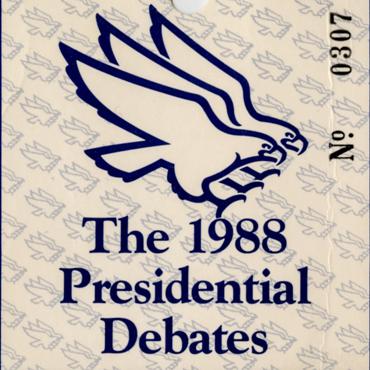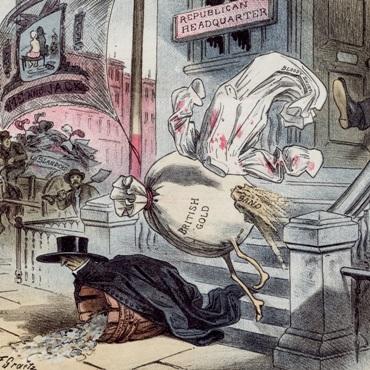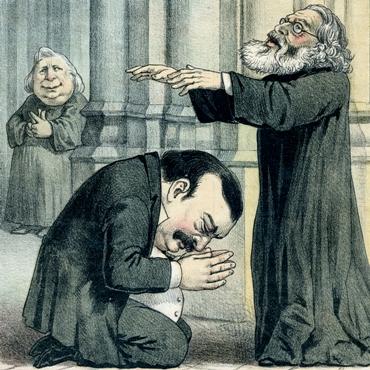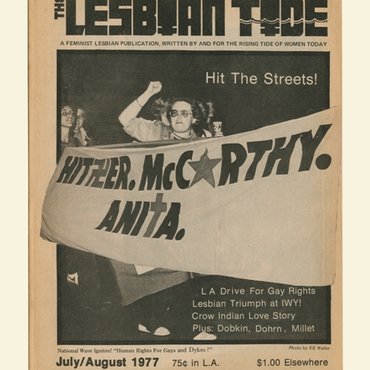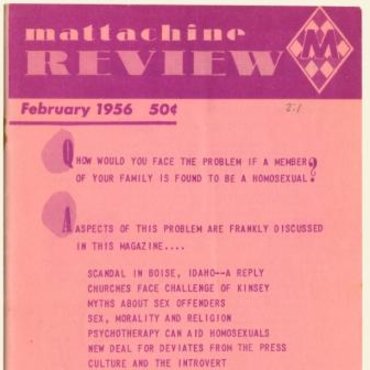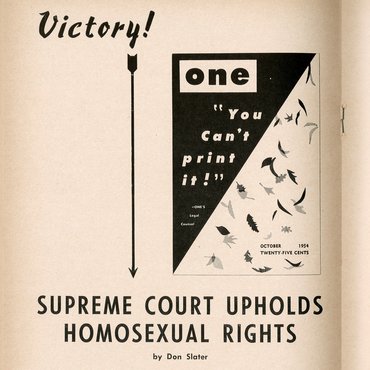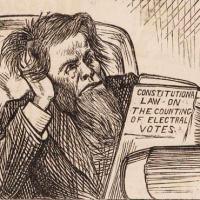
Illustrated Opinions: Decoding an Editorial Cartoon
Students analyze editorial cartoons from the past and present to explore the role of illustrated commentary in politics and society over time.
Get even more great free content!
This content contains copyrighted material that requires a free NewseumED account.
Registration is fast, easy, and comes with 100% free access to our vast collection of videos, artifacts, interactive content, and more.
NewseumED is provided as a free educational resource and contains copyrighted material. Registration is required for full access. Signing up is simple and free.
With a free NewseumED account, you can:
- Watch timely and informative videos
- Access expertly crafted lesson plans
- Download an array of classroom resources
- and much more!
- Elections
- Journalism
- Politics
- 6-12
- In advance, select and print political cartoons for your students. Sources may include:
- NewseumED.org: http://bit.ly/2imrEbU
- Daryl Cagle Professional Cartoonists Index: http://bit.ly/2hA42kp
- The Association of American Editorial Cartoonists: http://bit.ly/2hRJBvq
- Ask your students if they know what an editorial cartoon is. It’s a drawing that expresses a certain message or viewpoint. Ask them why they think editorial cartoons exist. Why not just use words to convey an opinion?
- Tell students that editorial cartoons have been a part of political discussions throughout our nation's history and remain a popular form of social and political commentary today, particularly during elections. Pass out the Persuasion Techniques handout and briefly review the vocabulary.
- Tell students they are going to analyze a historical political cartoon from a past presidential election together using these techniques, then look at a cartoon of their choice to further understand editorial cartoons’ techniques and their role in our society.
- Analyze the Uncle Sam cartoon as a class as an example (see activity download for questions and answers). You can show students other cartoons from the Newseum Collection in gallery below, if you want.
- Distribute the Decoding an Editorial Cartoon worksheet, and your selection of cartoons. In small groups or individually, students complete the worksheet.
- Decoding an Editorial Cartoon worksheet (download), one per student.
- Persuasion Techniques handout (download), one per student.
- Uncle Sam cartoon (download) or project on screen
- Additional political cartoons about recent elections
- Create Your Own Editorial Cartoon worksheet (download, optional)
After asking students to share their worksheet findings, discuss the role and value of political cartoons. Possible prompts include:
- How have editorial cartoons changed over time? How have they stayed the same?
- Why create a cartoon instead of – or in addition to – writing an editorial?
- Which cartoon do you think is most effectively communicates a message? Persuades a viewer? Why?
- Have you ever shared a meme during an election? How are memes similar to and different from traditional political cartoons?
- Do you think editorial cartoons make a difference in elections? Why or why not?
Create Your Own Political Cartoon: Tell students that they're now going to create their own editorial cartoons using the knowledge they've gained from this exploration. Allow students to complete the "Create Your Own Cartoon Commentary" worksheet (download) in class or as homework. Invite students to share their finished cartoons with the rest of the class. You might post them all on the board, collect them in a physical or digital book, or scan them and post them online.
Pen vs. Ink: What are the pros and cons of communicating a message in an opinion article and an editorial cartoon? Select written and visual commentaries on the same subject for your students to compare and contrast. Compare and contrast the written word and the image. Prompts include:
- Are the writers and the cartoonists trying to reach the same audiences? How do you know?
- How might the readers/viewers of each be the same/different?
- Which piece did you find easier to understand? Why?
- Which was more informative? Why?
- Which piece did you find more persuasive? Why?
- Which (if either) inspired you to learn more about the issue?
-
Common Core State Standards: CCSS.ELA-LITERACY.CCRA.R.7
Integrate and evaluate content presented in diverse media and formats, including visually and quantitatively, as well as in words. -
Common Core State Standards: CCSS.ELA-LITERACY.CCRA.R.9
Analyze how two or more texts address similar themes or topics in order to build knowledge or to compare the approaches the authors take. -
Common Core State Standards: CCSS.ELA-LITERACY.CCRA.SL.1
Prepare for and participate effectively in a range of conversations and collaborations with diverse partners, building on others' ideas and expressing their own clearly and persuasively.
-
National Center for History in the Schools: NCHS.Historical Thinking.3
A. Compare and contrast differing sets of ideas. B. Consider multiple perspectives. C. Analyze cause-and-effect relationships and multiple causation, including the importance of the individual, the influence of ideas. D. Draw comparisons across eras and regions in order to define enduring issues. E. Distinguish between unsupported expressions of opinion and informed hypotheses grounded in historical evidence. F. Compare competing historical narratives. G. Challenge arguments of historical inevitability. H. Hold interpretations of history as tentative. I. Evaluate major debates among historians. J. Hypothesize the influence of the past.







